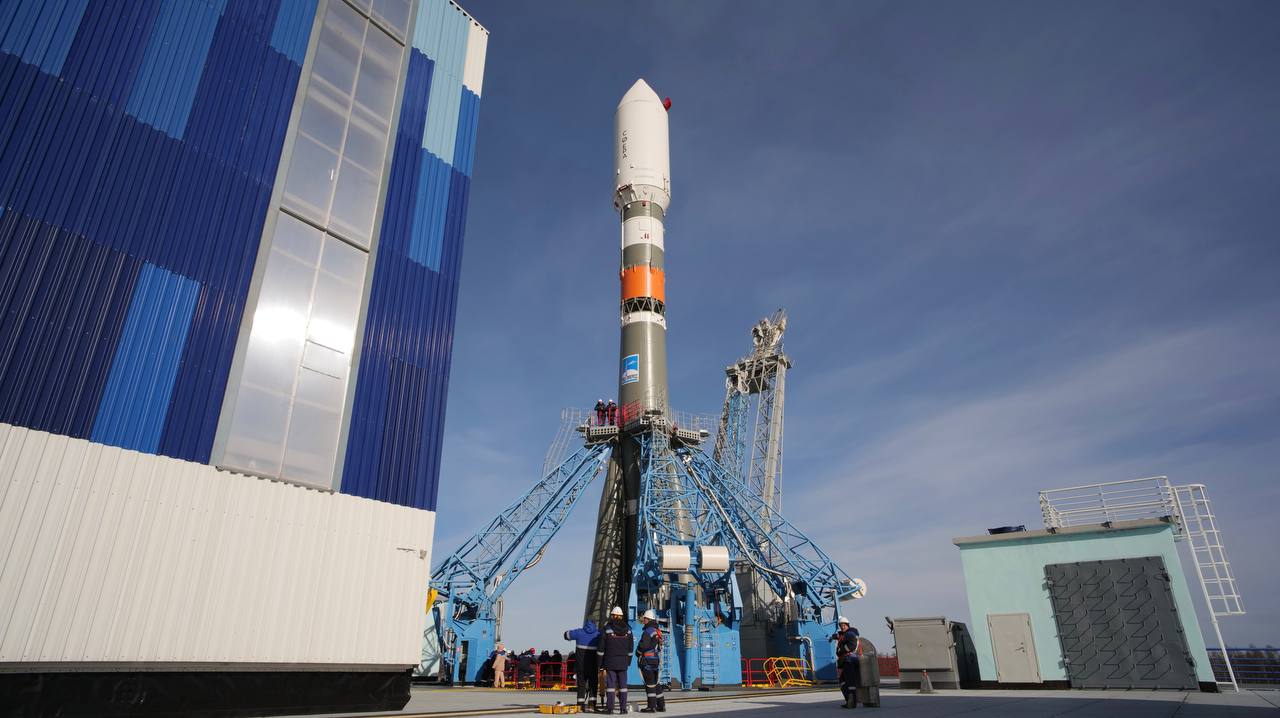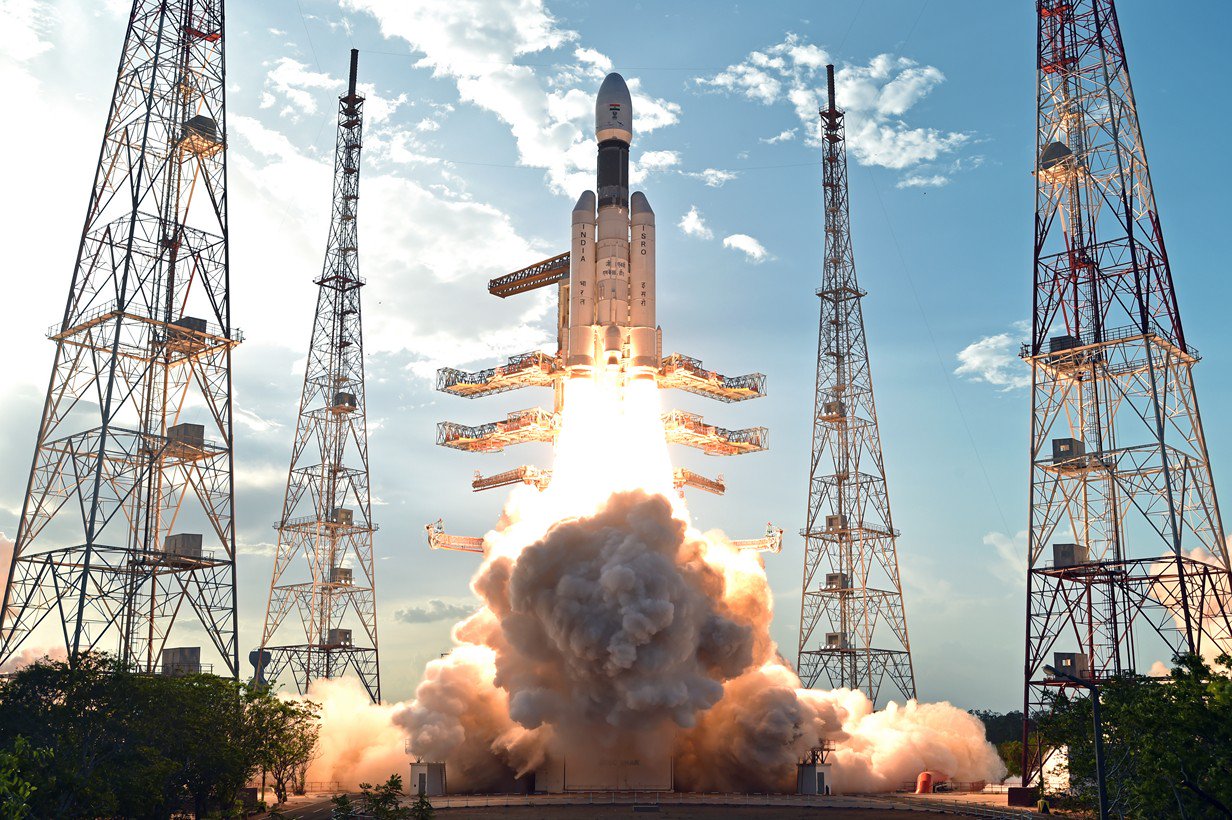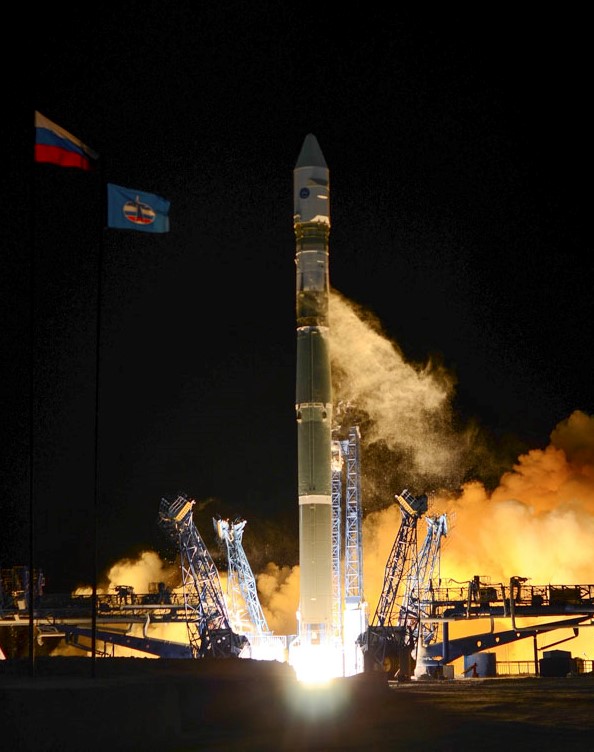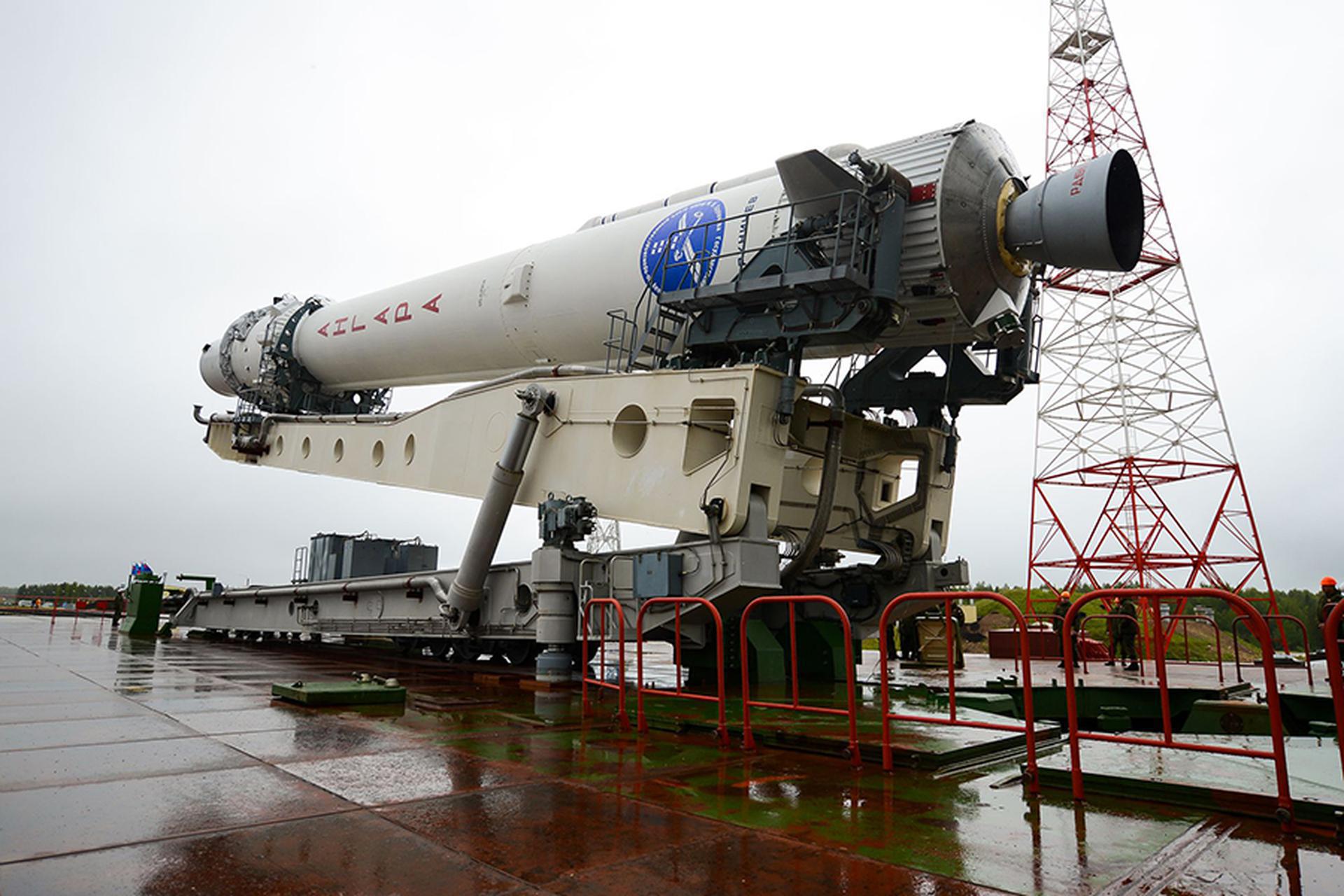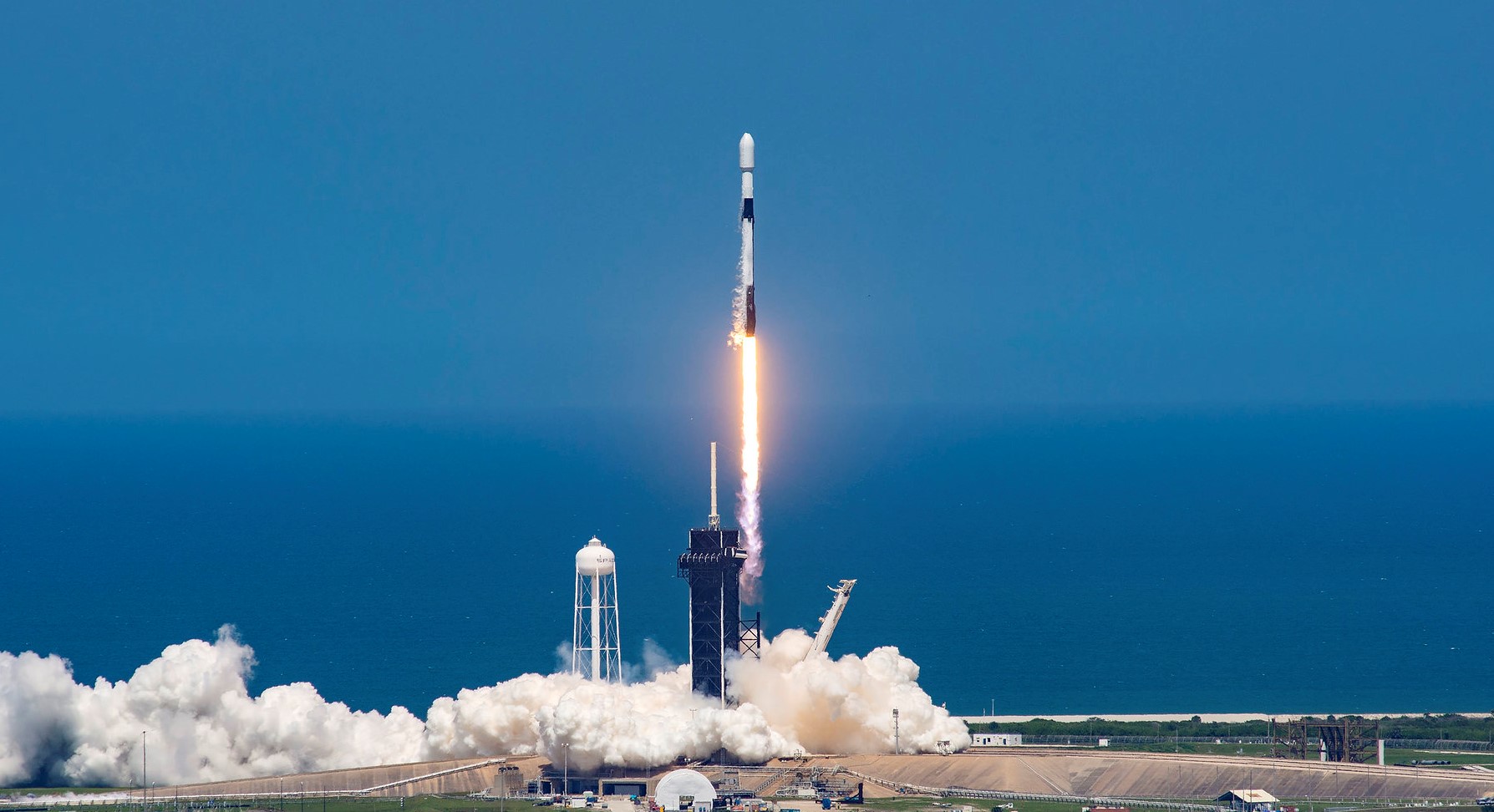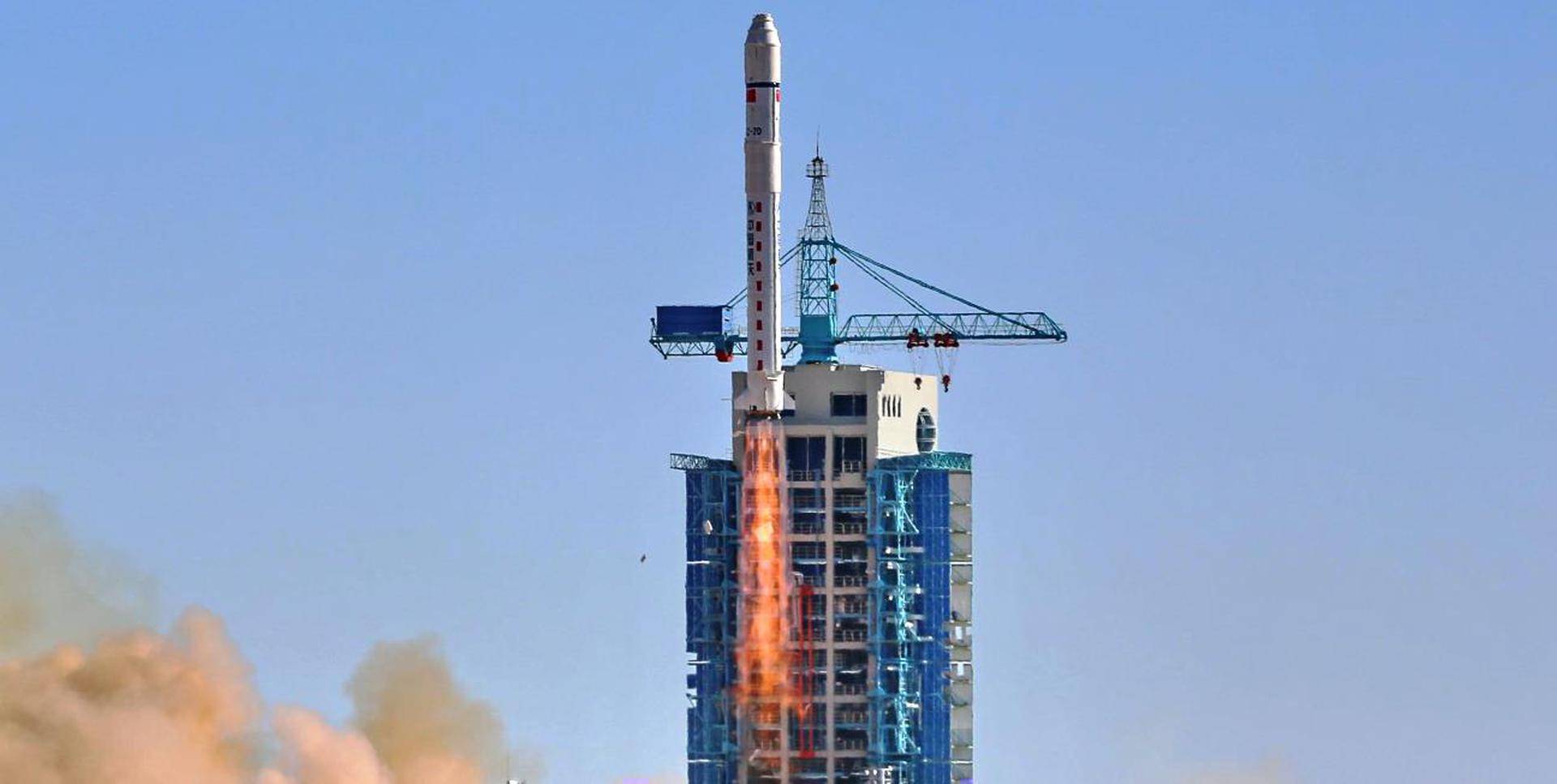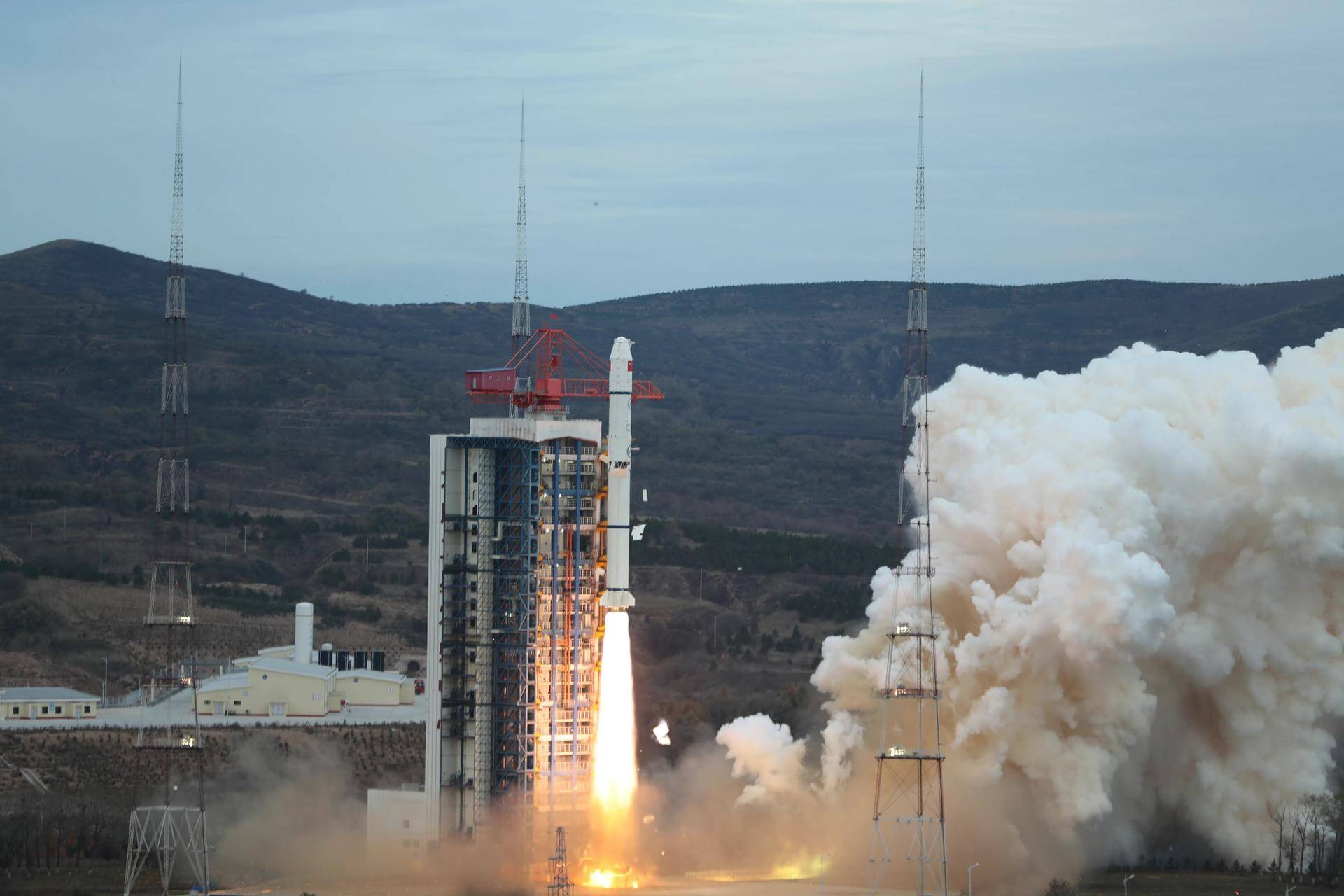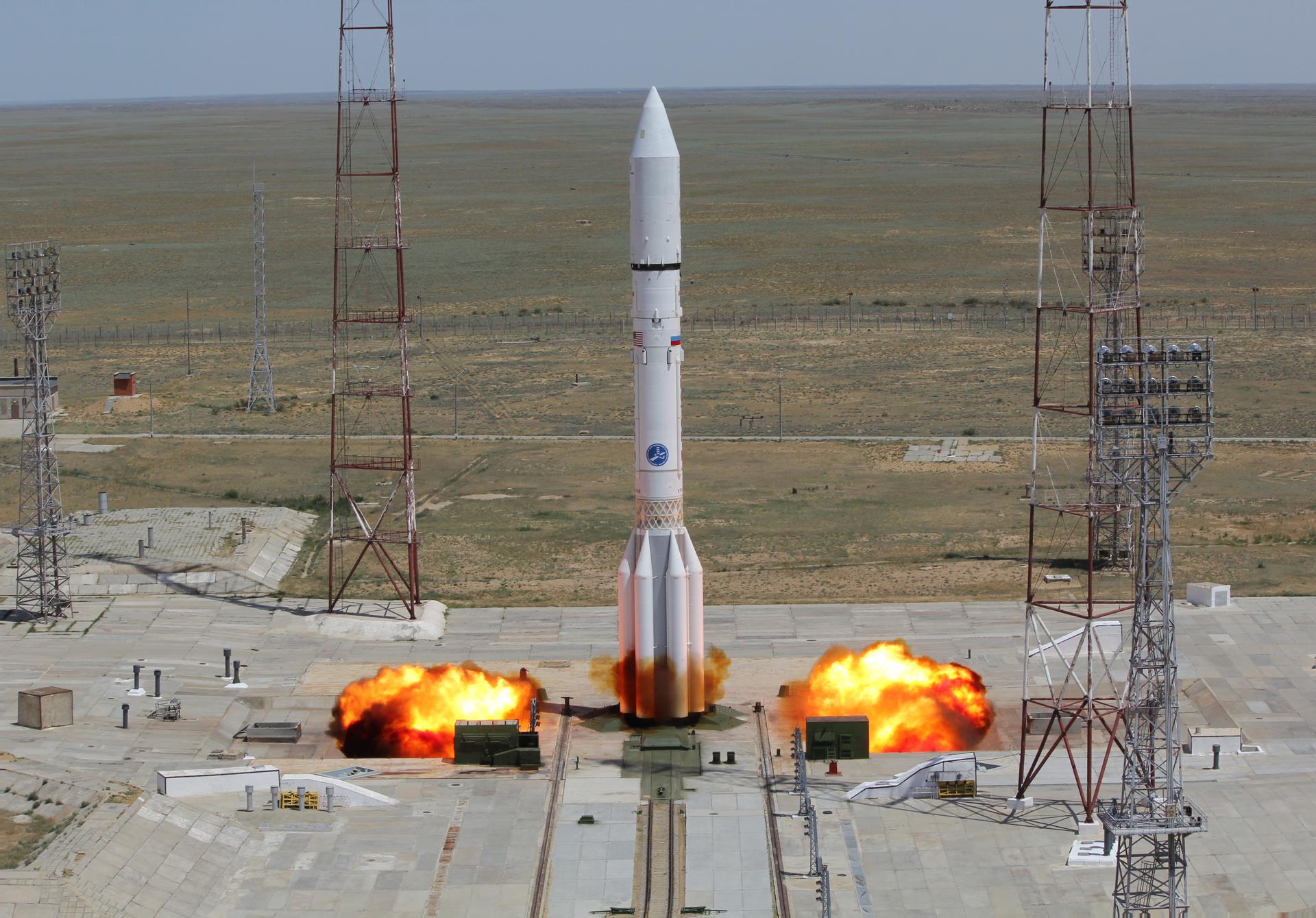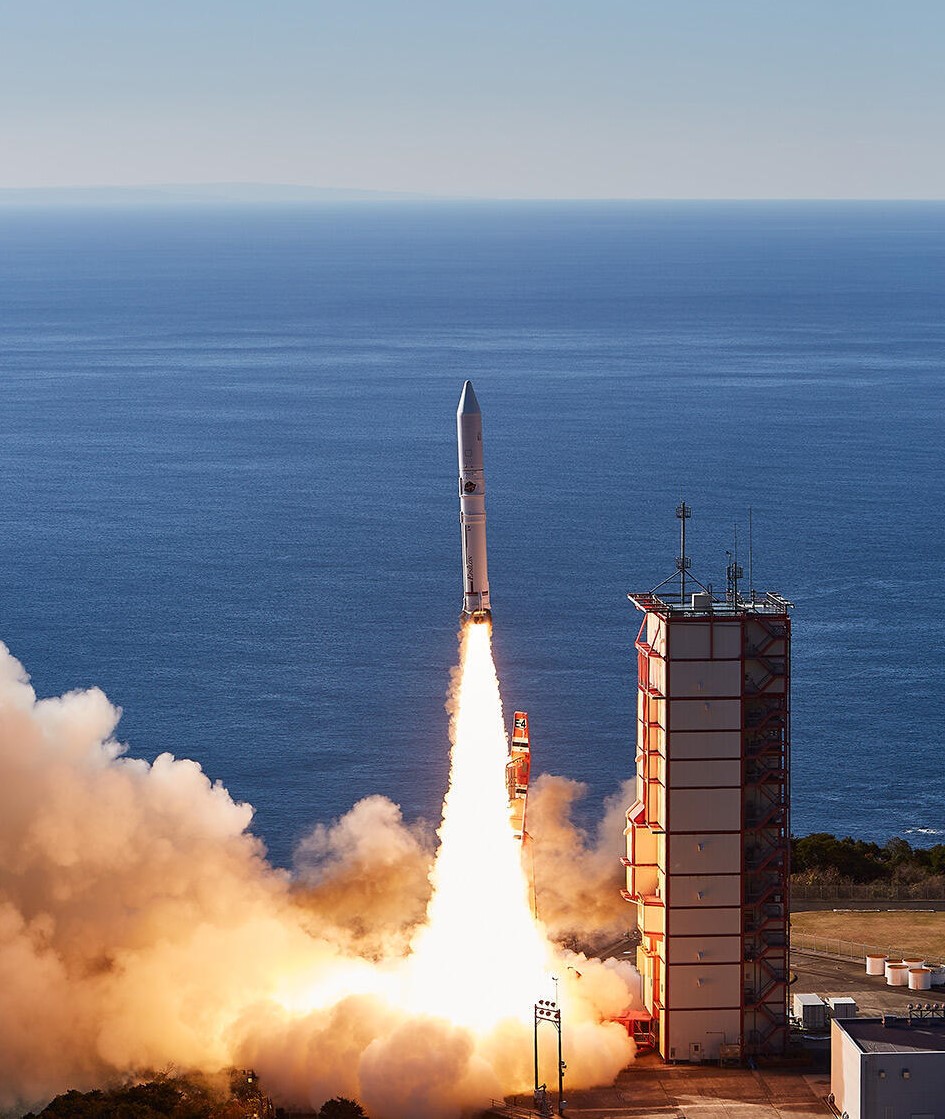Previous Spaceflight Launches
Filter by Agency, Locations or Vehicles
Show All LaunchesSoyuz 2.1b/Fregat-M | Gonets-M33, Gonets-M34, Gonets-M35 & Skif-D
Progress Rocket Space Center | RussiaVostochny Cosmodrome, Siberia, Russian Federation
Oct. 22, 2022, 7:57 p.m.
Status: Launch Successful
Mission:
Gonets-M are an upgraded version of Gonets satellites, derived from military communications system Strela-3. Gonets-M constellation is tasked with monitoring ecological and industrial objects, providing communication and data transmission services, covering also the remote areas like the Far North region. Also onboard is the Skif-D demonstration satellite for the planned Russian Sfera LEO communication satellite constellation.
Low Earth OrbitLVM-3 | OneWeb 14
Indian Space Research Organization | IndiaSatish Dhawan Space Centre, India
Oct. 22, 2022, 6:37 p.m.
Status: Launch Successful
Mission:
A batch of 36 satellites for the OneWeb satellite constellation, which is intended to provide global Internet broadband service for individual consumers. The constellation is planned to have around 648 microsatellites (of which 60 are spares), around 150 kg each, operating in Ku-band from low Earth orbit.
Polar OrbitSoyuz 2.1v/Volga | Kosmos 2561 & Kosmos 2562
Progress Rocket Space Center | RussiaPlesetsk Cosmodrome, Russian Federation
Oct. 21, 2022, 7:20 p.m.
Falcon 9 Block 5 | Starlink Group 4-36
SpaceX | United States of AmericaCape Canaveral SFS, FL, USA
Oct. 20, 2022, 2:50 p.m.
Angara 1.2 | EMKA-3 (Kosmos 2560)
Khrunichev State Research and Production Space Center | RussiaPlesetsk Cosmodrome, Russian Federation
Oct. 15, 2022, 7:55 p.m.
Falcon 9 Block 5 | Hotbird 13F
SpaceX | United States of AmericaCape Canaveral SFS, FL, USA
Oct. 15, 2022, 5:22 a.m.
Long March 2D | Yaogan 36 Group 02
China Aerospace Science and Technology Corporation | ChinaXichang Satellite Launch Center, People's Republic of China
Oct. 14, 2022, 7:12 p.m.
Long March 2C | 5 m S-SAR-01 (Huanjing-2E)
China Aerospace Science and Technology Corporation | ChinaTaiyuan Satellite Launch Center, People's Republic of China
Oct. 12, 2022, 10:53 p.m.
Proton-M/Blok DM-03 | AngoSat-2
Khrunichev State Research and Production Space Center | RussiaBaikonur Cosmodrome, Republic of Kazakhstan
Oct. 12, 2022, 3 p.m.
Status: Launch Successful
Mission:
The AngoSat 2 is a communications satellite built for Angola to replace the failed AngoSat 1. The Angosat Project calls for development of a communications satellite with C- and Ku-band transponders, its launch into a geostationary orbit and development of the ground communication and TV broadcasting infrastructure. In August 2019 it was revealed the replacement satellite is being built by ISS Reshetnev (Bus) and Airbus Defence & Space (payload). Construction has started in February 2018.
Geostationary OrbitEpsilon | RAISE-3 & others
Japan Aerospace Exploration Agency | JapanUchinoura Space Center, Japan
Oct. 12, 2022, 12:50 a.m.
Status: Launch Failure
Mission:
RAISE-3 (RApid Innovative payload demonstration Satellite-3) was a satellite for on-orbit demonstrations of 7 demonstration components and equipment selected by public solicitation. The satellite was to be operated in response to requests from the demonstration theme proposers, and will provide experimental data of the demonstration devices and environmental data during the experiments. The launch is also carrying QPS-SAR 3 & 4 radar Earth observation satellites for iQPS, and 5 cubesats for various Japanese institutions & companies.
Sun-Synchronous Orbit